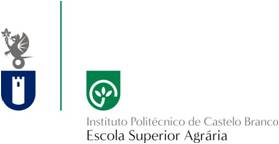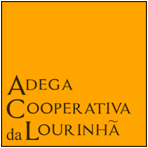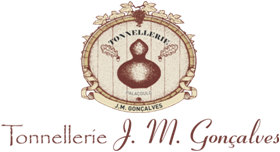The fact that very early in their history several civilizations have produced some type of alcoholic beverage is ascribed to the wide diffusion of two essential elements for alcoholic fermentation: sugars (plants constituents) and yeasts. The production of spirit drinks, such as wine spirit, at the core of which is the distillation operation, will have arisen later (Russell et al., 2003).
The origin of alcoholic distillation is controversial. Some historians argue that it has been known since Antiquity, both in the Mediterranean region and in the Far East (Plouvier, 2008). According to other opinions, the practice of distillation may have begun in ancient China, where its secrecy remained until the beginning of the Christian Era (Russell et al., 2003).
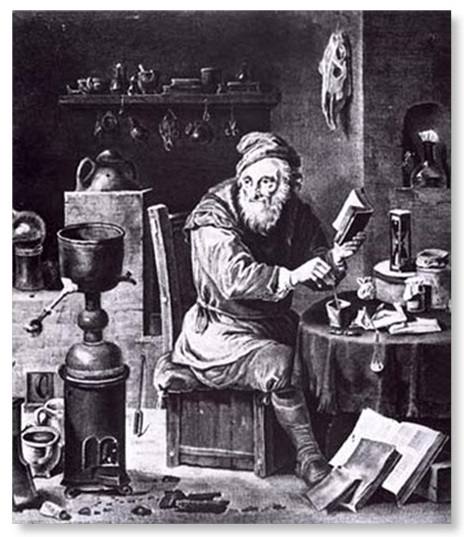
The art of distillation was then been learned by the Arabs, who created the first alembic capable of producing efficient distillation from wine. They spread it into Europe (8th century - 15th century), where it aroused great interest from physicians, alchemists and monks, who applied it in the production of essences and spirits. It is thought that the first spirit drinks were made from raw materials rich in sugar, especially grapes and honey. These distillates were attributed to have medicinal properties and almost mystical assets that contribute to extend life. For this reason, they were given the Latin name aqua vitae, meaning "water of life". The name received in France - eau-de-vie - derives from the latter; it was referred at "Traité sur la conservation de la jeunesse", written in 1250 by Arnaud de Villeneuve, professor at the University of Medicine of Montpellier, physician of Pope Clement V and disciple of the famous Arab school of Salerno (Garreau, 2008). The designation "aguardente" (the Portuguese name for wine spirit) will have derived from the term aquam ardentem used by the alchemists (Basset, 1873).
Image source: http://www.rosamystica.fr/l-alchimie-au-moyen-age-c27755034
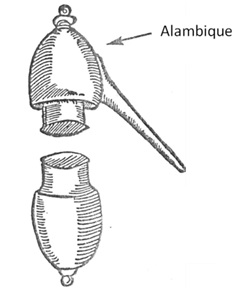 Image source: Léauté (1990) Image source: Léauté (1990) |
Distillation equipments
The word "alembic" comes from the Greek word ambix, used to designate a vessel with a small opening, which was part of the distillation equipment.
|
|
Arabs converted the term into ambic and began to call Al ambic to the distillation equipment.Arabs converted the term into ambic and began to call Al ambic to the distillation equipment.The first alembics were simply formed by an enclosed and heated vessel, a condenser, and a receptacle for receiving the distillate. |
|
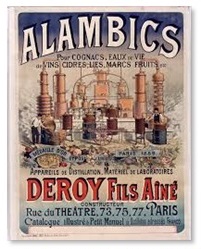 |
Another type of distillation equipment was developed: a column consisting of a series of stacked steam chambers, which allowed the alcohol yield increase (Russell et al., 2003). In the 19th century, there were already distillation columns operating in continuous mode (Garreau, 2008) in France, particularly in the region of Armagnac. Image source: http://www.collections.musee-bretagne.fr |
|
Wine spirit from the main production regions
The first references to wine spirit from Armagnac date back to the 12th century (Garreau, 2008), while references to wine spirit produced in the region of Charentes (Cognac) date back to the second half of the 16th century. Historical records also reveal that at that time part of the wine produced in the Charentes region was bought by Dutch and English merchants who distilled it in their own countries, giving the distillate the name of "brandwijn" (burnt wine) and "brandy", respectively. A century later, the wine spirit made in this region was imported directly, which may have contributed to boost their production (Cantagrel, 2008).
In Portugal, the first mentions to wine spirit (1620) were associated with its use in the production of Port wine (Belchior et al., 2015). There is also a historical relationship between the wine spirit produced in Lourinhã and this fortified wine.
Lourinhã boasts a long wine tradition, as evidenced by the Foral letter (12th century) granted by D. Jordão, with permission of D. Afonso Henriques, to the residents of this region (Ghira, 2004). In the 20th century, in the “Contribution to the Register of Portuguese Wines” (1942), from the Junta Nacional do Vinho, it is stated "The county of Lourinhã is economically subordinated to wine production, although local factors have created around it the distillation industry". This document also reports some significant records for this county: 651 winemakers; 16 176 hectares of vineyard; total production of 16 711 wooden barrels of wine, 76% of which was intended for distillation and the remainder for consumption (17% white wine and 7% red wine).
Basset N., 1873. Guide théorique et pratique du fabricant d’alcools et du distillateur, 822 p, Librairie du Dictionnaire des Arts et Manufactures, Paris.
Belchior A.P., Canas S., Caldeira I., Carvalho E.C., 2015. Aguardentes vinícolas - Tecnologias de produção e envelhecimento. Controlo de qualidade, 181 p, Porto.
Cantagrel R., 2008. La qualité et le renom du Cognac dans le monde, sa place dans l’historie. In: Les eaux-de-vie traditionnelles d’origine viticole, 16-38, Bertrand A. (Ed.), Lavoisier Tec & Doc, Paris.
Garreau C., 2008. L’Armagnac. In: Les eaux-de-vie traditionnelles d’origine viticole, 39-62, Bertrand A. (Ed.), Lavoisier Tec & Doc, Paris.
Ghira J.C., 2004. Vinhos da Estremadura – Enciclopédia dos Vinhos de Portugal, 183p, Chaves Ferreira –Publicações S.A., Lisboa.
Léauté R., 1990. Distillation in alambic. American Journal of Enology and Viticulture, 41, 90-103.
Plouvier L., 2008. Aux origines de la distillation. In: Les eaux-de-vie traditionnelles d’origine viticole, 3-14, Bertrand A. (Ed.), Lavoisier Tec & Doc, Paris.
Russell I., Stewart G., Bamforth C., Russell I., 2003. Whisky: Technology, production and marketing. Handbook of alcoholic beverages series, 384 p, Academic Press, London.










